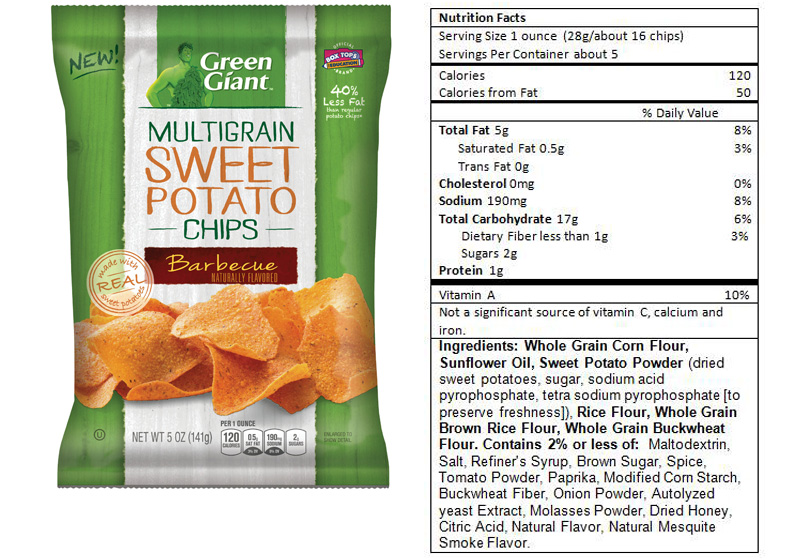
Soy does your body good?
American Cancer Society states; “soy is protective for developing breast cancer and recurrence for breast cancer”
[ This post is for informational purposes only. It is not meant as medical advice or guidance to make any medical or medication changes. Please contact your physician or pediatrician before beginning any lifestyle or dietary change]
The fear regarding soy originated with the concern over “estrogen” being present in soy and how that “female hormone” would negatively affect women, men, and girls. Perhaps causing increased hormone effects and the subsequent negative impact including increased risk of breast cancer, cystic breast disease, and sterility. The following will help dispel some of the misunderstanding regarding the dangers of soy.
Soy Confusion
Confusion about soy arises from the term “phytoestrogens.” Some soy nutrients—the isoflavones—have chemical structures that are similar to that of estrogen found in a women . This is where the term phytoestrogen originated. However, phytoestrogens are not the same thing as female estrogens. Soy foods do not contain estrogen.The phytoestrogen in soy have a mild estrogen like effect but tend to have a positive effect on preventing breast cancer due to a blocking the real estrogen effect on its receptors in the breast tissue. Meaning this phytoestrogen blocks the body’s actual estrogen hormone from binding to tissue such as breast tissue with a milder impact and less pathology compared to the natural estrogen. “In population based studies and real life trials it has not been proven to cause lower testosterone in men or increased risk of breast cancer in women”
Soy is safe if you take these precautions –
- Always purchase organic and avoid any processed soy products.
- The majority of your soy intake should be healthy products like tempeh, and tofu.
- Avoid soy from certain regions like Indonesia where processing with toxin like hexadene tends to be common place.
- Stick to brands you trust .
- Moderation with the amount; Not more than 3 servings a day.
- If you’re using soy milk whether it’s a child or an adult servings should be no more than three times a day.
Breast cancer and soy ? The current consensus among health experts who study soy is that breast cancer survivors can safely eat these foods. Recent studies suggest soy is protective against breast cancer recurrence. The concern over long term increased risk of breast cancer is unsubstantiated and generally found to be the opposite. As discussed above organic soy products tend to be protective against breast cancer and other chronic diseases. There is not as much research involving soy and other estrogen related cancers, including endometrial and ovarian cancers. However, the studies that have been reviewed indicate that soy is also safe for women with a history of endometrial or ovarian cancer.
Sterility in men: misrepresentation of facts. Although the sperm concentration seems to be lower, the actual load – amount of ejaculate, is greater and possibly better for reproduction. Making it more effective for transport. Decreased inflammation associated with soy helps both the blood flow and increases the overall fertility.
Asian health argument: When considering the long term safety of soy formula, one argument that frequently comes up is that Asian populations have been consuming soy for a long time, with no known consequences and in fact are healthier than Western cultures.The differences in the overall healthy lifestyle between Western and Asian populations make the ability to compare soy as the main healthy food difference difficult but with controls for populations who eat more soy or do not, those who do are found to be healthier with lower inflammatory diseases and chronic illness.
Additional reasons Asian populations tend to be healthier
- Asians consume a traditional soy-rich diet and Caucasians eat a typical “Western” diet which differs dramatically over the lifespan.
- In Asian populations , soy is consumed mostly in the form of tofu, tempeh, and other unprocessed foods, not as dietary supplements or products enriched with “soy protein isolate”, which is a keyword for a soy product not being healthy.
- Asian populations also eat considerably higher levels of seafood and low levels of animal fat than Western populations.
- Have a generally healthy diet – low fat, lots of vegetables, not processed, stay thin and exercise.
- Asian populations breastfeed in higher percentage than other similar populations particularly Western mothers. They do not use soy formula so extensively at the newborn period. However they do ingest lots of soy products once they are introduced to solid foods and throughout life. Westerners feeding their babies soy infant formula the pattern is just the opposite,very high formula ingestion the first year and virtually no soy and significantly less healthy plant based products the rest of their life.
For babies
Breastfeeding exclusively the first 5- 6 months is the most preferred source of nutrition. However, during this time as the main nutritional source soy milk is one of many less than perfect choices to feed your baby. While it is a natural plant product and in theory it should be better than processed cow’s milk based formulas, there is not sufficient research to definitively state that giving human babies exclusive soy food during infancy is completely healthy and free of immediate or long term health risks. As a supplement to breast milk it seems to be adequate . Soy milk is often recommended as a more natural supplement milk to breast feeding ( should only be in conjunction with breastfeeding) but should not be more than a supplement . Like all soy products, soy formula and milk should be organic and any processing or preservatives should be evaluated for safety.
Children 1 and older
Soy milk should not be the only milk beverage and limit its consumption to a maximum of 3 glasses a day. The total soy servings including milk for a day should also be no more than 3 of all forms of soy as well.
Healthful MD conclusion: Soy products are safe if taken with awareness and used as another healthy food source among a varied and plentiful healthy diet and not the sole nutritionally rich plant food. In addition , soy is not recommended as the only milk for infants or children when other plant options are available.
Environmental impact of organic unprocessed soy products are less than meat and dairy products.
Warren Krantz MD
HealthfulMD.com


